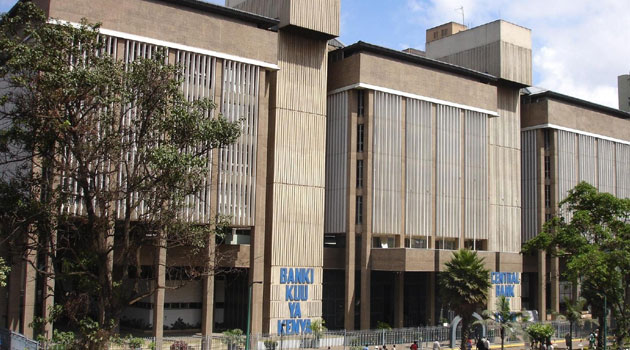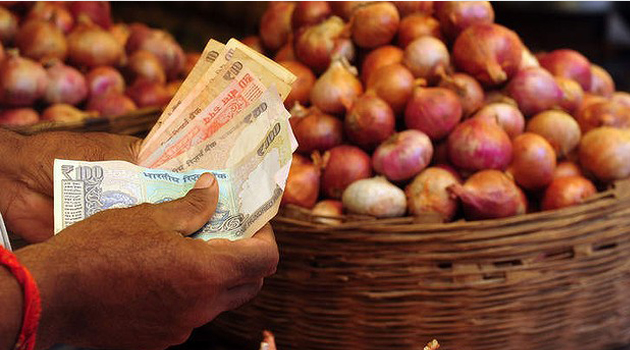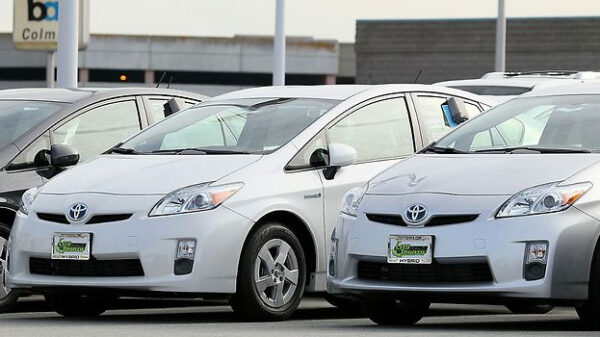
The Committee which was chaired by the new Central Bank of Kenya (CBK) Governor Patrick Njoroge for the first time, has also raised the Kenya Bankers Reference Rate (KBRR) to 9.87 percent from 8.5 percent effective 7th July 2015/FILE
This is the second increase from the previous increase in the last MPC meeting where the rate was raised to 10 percent from 8.5 percent.
The Committee which was chaired by the new Central Bank of Kenya (CBK) Governor Patrick Njoroge for the first time, has also raised the Kenya Bankers Reference Rate (KBRR) to 9.87 percent from 8.5 percent effective 7th July 2015.
KBRR is the basis rate for banks to price their loans to borrowers.
“The Committee noted elevated risks to the inflation outlook mainly attributed to pressures on the exchange rate over the last few months. The Market Perceptions Survey of June 2015 showed that private sector firms expected inflation to rise mainly on account of pass-through effects of past exchange rate movements, and increases in fuel prices. In view of these developments, the emerging risks, and the consequent need to anchor inflationary expectations, the MPC decided to raise the CBR from 10.00 percent to 11.50 percent,” said Njoroge in a statement.
The move comes as the Shilling has hit the 100 mark against the US dollar for the first time since October 2011 causing anxiety in the forex market.
“Furthermore, the MPC decided to augment its instruments for liquidity management by introducing a 3-day Repo. The Committee noted the need to closely monitor liquidity conditions in the market. The MPC will continue to monitor external and domestic developments and their implications on the risks to the overall price stability. In particular, the Committee noted the need to closely monitor liquidity conditions in the market,” Njoroge added.
On Tuesdays trading session the shilling traded at 100.20 against 100.60 shillings to the dollar.
Commercial Bank of Africa (CBA) Treasury Department says the Kenya shilling continued to weaken against the dollar above 100 levels on the back of assisted dollar demand from manufacturers.
The department has attributed the continued weakening of the shilling to strengthening of the dollar across the globe as well as widening of the current account deficit.
READ: Strong dollar drives Kenya shilling past 100 mark
On the current account deficit, the country’s imports continue to grow while exports are sliding.
“At the moment our largest import is oil which causes high demand of the dollar. On the other hand our major export is tea and that has been going down. Kenya has now been overtaken by the Brazil and Ethiopian tea,” said CBA Treasury Dealer John Njenga explained.
Since May this year, the regulator has maintained it has enough reserves to shield the currency against major turbulence. But the market continue to experience a shrinking local currency causing panic like it was in 2011.



































